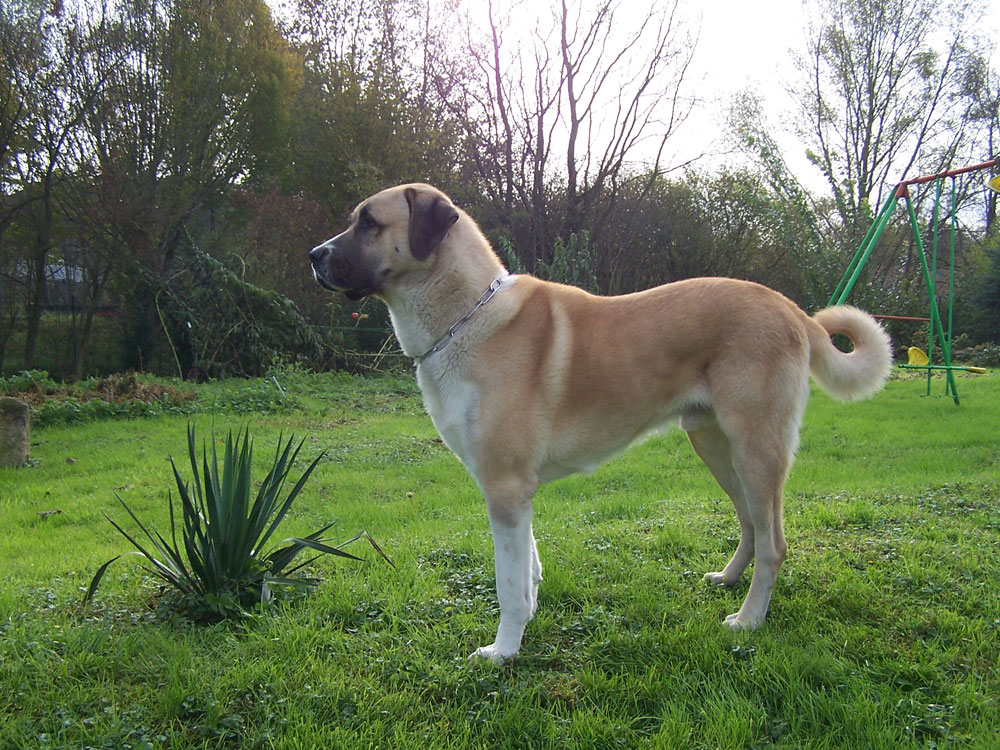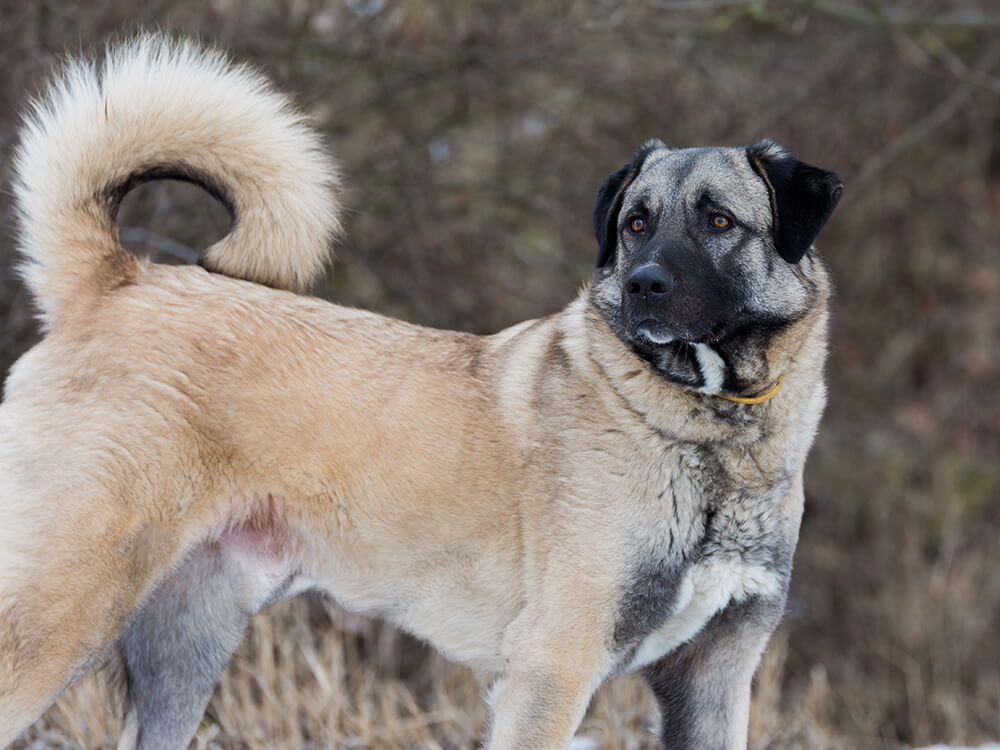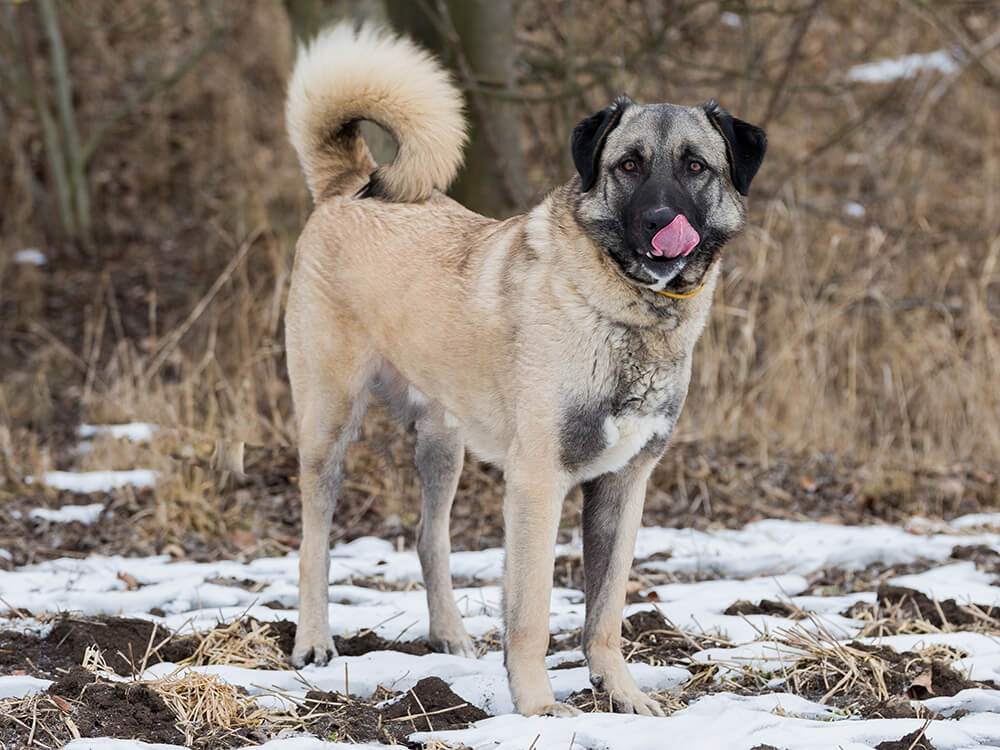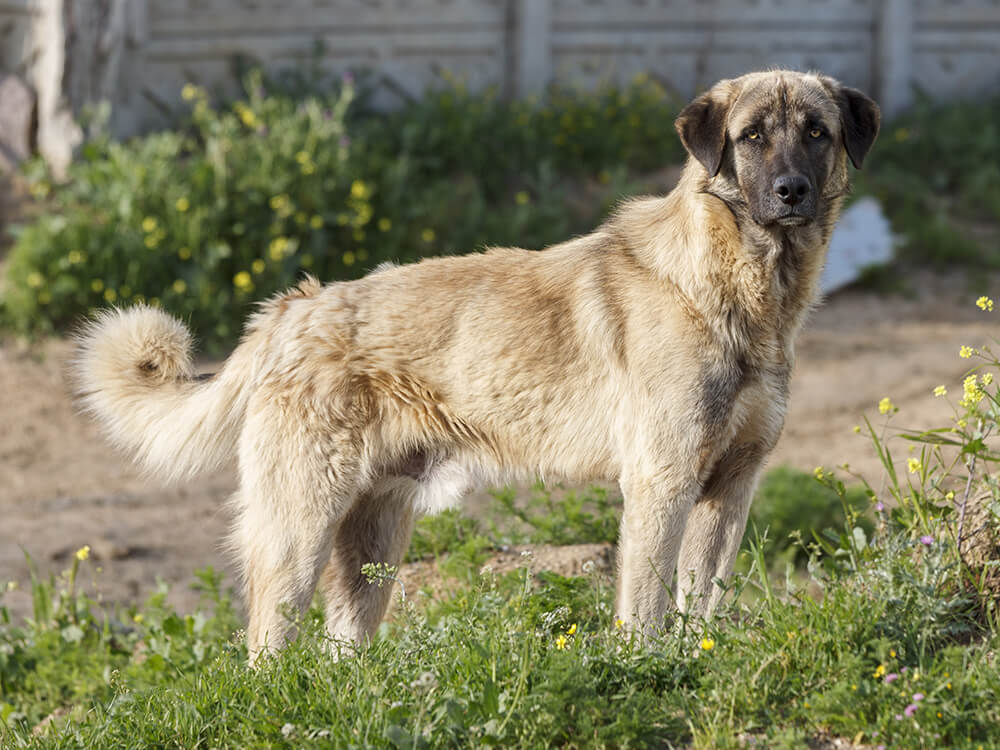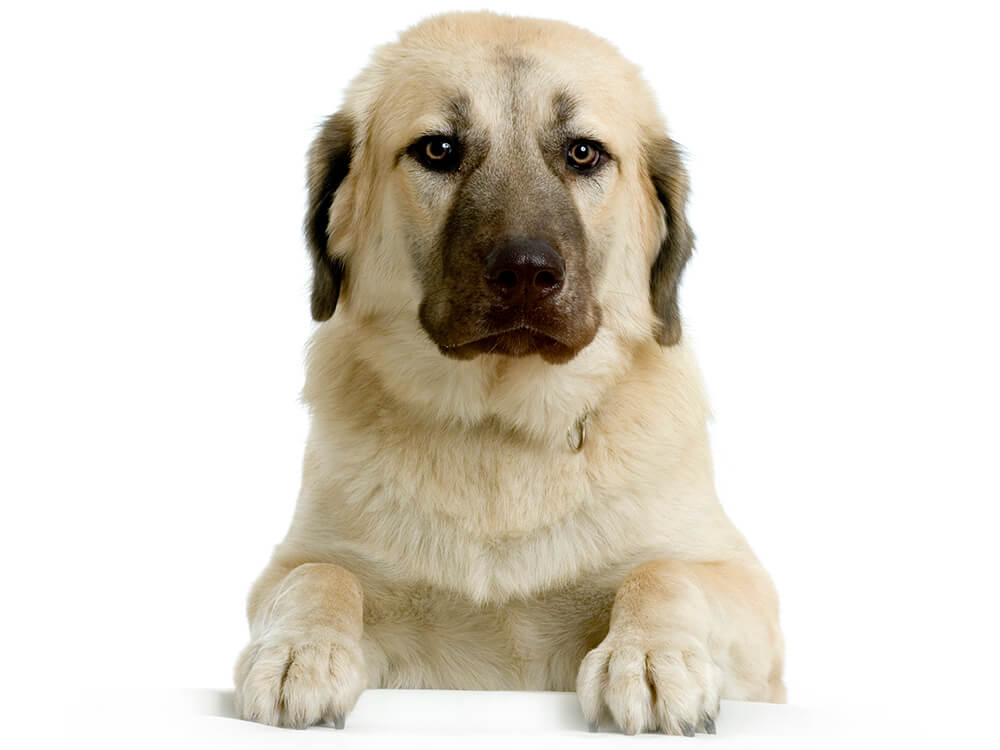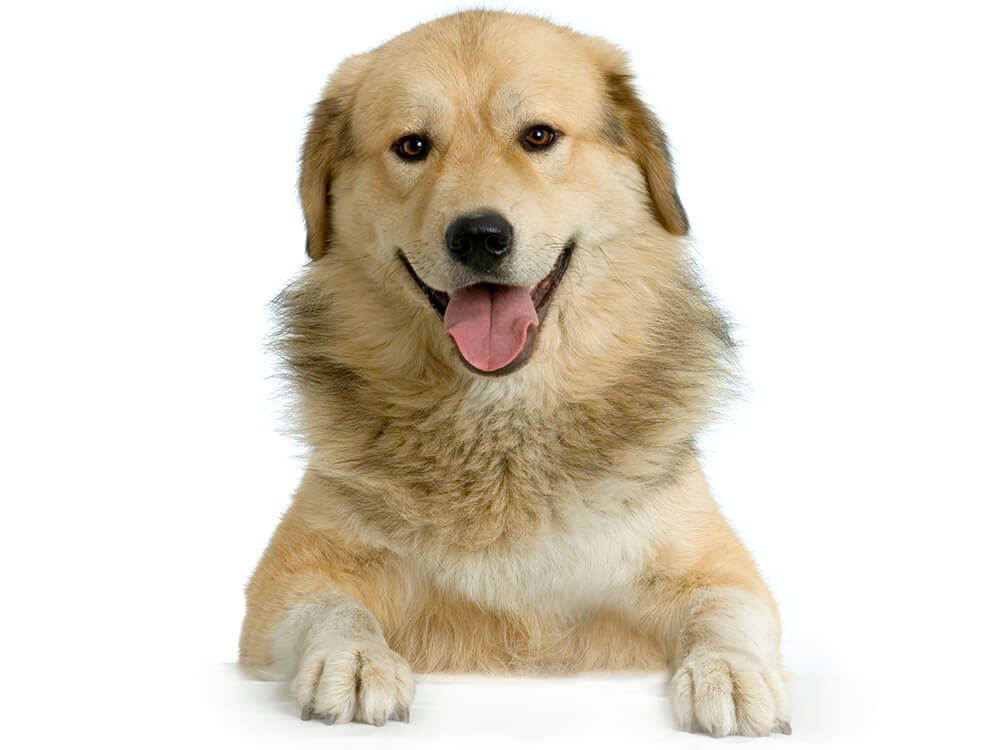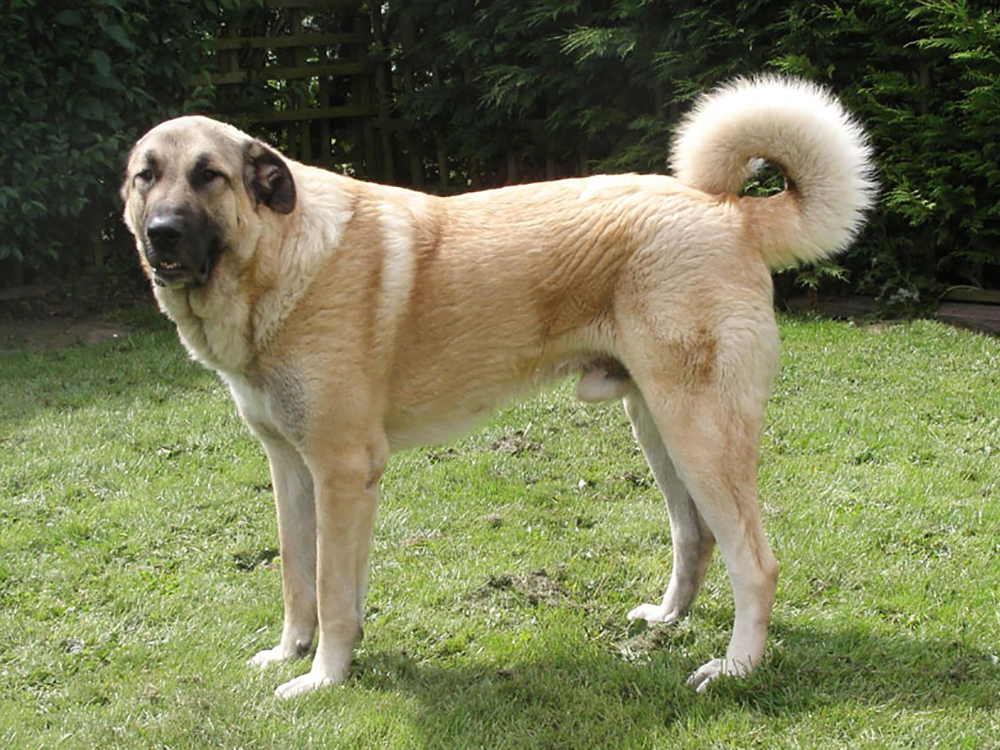
Anatolian Shepherd Breed Pictures
Vital Breed Stats
| Height: | 71 - 76 cm M | 66 - 71 cm F |
| Weight: | 45 - 68 kg M | 41 - 59 kg F |
| Breed Group: | Hound Dog Group |
| Life Expectancy: | 13 - 15 years |
| KC Registered: | No |
Breed Characteristics
| Size: |  |
| Grooming: |  |
| Exercise Level: |  |
| Trainability: |  |
| Barking Level: |  |
| Good with Children: |  |
| Good with other pets: |  |
| Affectionate: |  |
| Protective: |  |
| Cost to Keep: |  |
Give a thumbs up if you love the Anatolian Shepherd

0
More About the Breed
History
The Anatolian Shepherd’s history dates back to thousands of years. It was named after its motherland of Anatolia in Turkey. It was bred as a flock protector against lions, tigers, bears, and cheetahs. The breed travelled with their nomadic owners who usually stopped feeding them after puppyhood, so they hunted small animals for food. Through this, it learned to be self-sufficient without hurting its own flock. Some Turkish breeders believe that this breed is a cross between the Kangal dog and the Akbash dog.
Author Charmian Hussey brought this guard dog in the UK from central Turkey in the 1970s, and Australia registered it in the Kennel Club in 1985.
Appearance
Grooming
Temperament
Intelligence
This type of dog is intelligent and highly trainable. However, it is very independent and may choose to ignore a command. It is not a pushover and would typically challenge its owners regarding dominance. It is friendly, composed, and affectionate towards its immediate family—its flock members. It is suspicious of strangers and can be very reserved even towards relatives and friends. Some can also be dog-aggressive. Early training and socialisation can help tone down its protective nature and become more well-rounded.
There are certain predispositions in breeds when it comes to their general characteristics. However, the development of their personalities, temperaments, and intelligence also depend on their upbringing and environment.
Nutrition
Typical calorie needs of an adult Anatolian Shepherd per day:
- Senior and less active: up to 2,000 calories daily
- Typical adult: up to 2,200 calories daily
- Physically active/working dog: up to 2,700 calories daily
High-quality protein found in chicken, turkey, lamb, fish, and egg contains necessary amino acids that meet a puppy's nutritional needs. Cheap fillers like wheat, soy, and corn should be avoided. A common misconception with large or giant breed nutrition is giving too much calcium, phosphorus, and vitamin D for bone growth. On the contrary, studies show that high levels of these vitamins and minerals are linked to DOD. In fact, limiting the intake of these and the number of calories will slow growth rates.
Closely monitor your giant breed and work closely with a trusted vet to ensure its overall well-being and improve chances of a longer lifespan.
Feeding
Health
Exercise
Cost of Ownership
Owning a dog is a bit similar to raising a human baby as it involves a lot of expenses. Unlike other types of pets that you only need to feed and then basically ignore, dogs need more attention and effort. Plus, you need to shed more money for its needs to be met. Larger dogs are costlier to keep than smaller ones. For the Anatolian shepherd, the monthly cost is roughly £80–£120.
Basic dog stuff like crate, collar, lead, bowl, toys, and grooming essentials will be about £250. The highest expense will be high-quality food, which will be £60 or more a month. As any dog expert will tell you, make sure to regularly take your pet to the vet for routine check-ups and timely annual immunisation and flea/worm treatments. It is also advisable to obtain pet insurance to avoid higher vet bills if your canine requires complicated procedures and long-term treatments. It will cost around £240 for basic cover and £500 for lifetime annually. Anatolian Shepherd puppy will cost around £700 then to £1,400.
Is an Anatolian Shepherd Right for You?
- The Anatolian Shepherd is an intelligent, loyal, and loving dog to its family.
- It can be a good companion for experienced dog owners who understand its unique traits.
- It has a tendency to be dog-aggressive, but early training and socialisation can help tone down its protective nature and become more well-rounded.
- Grooming is a breeze since it is essentially a clean dog.
- It requires plenty of exercise.






